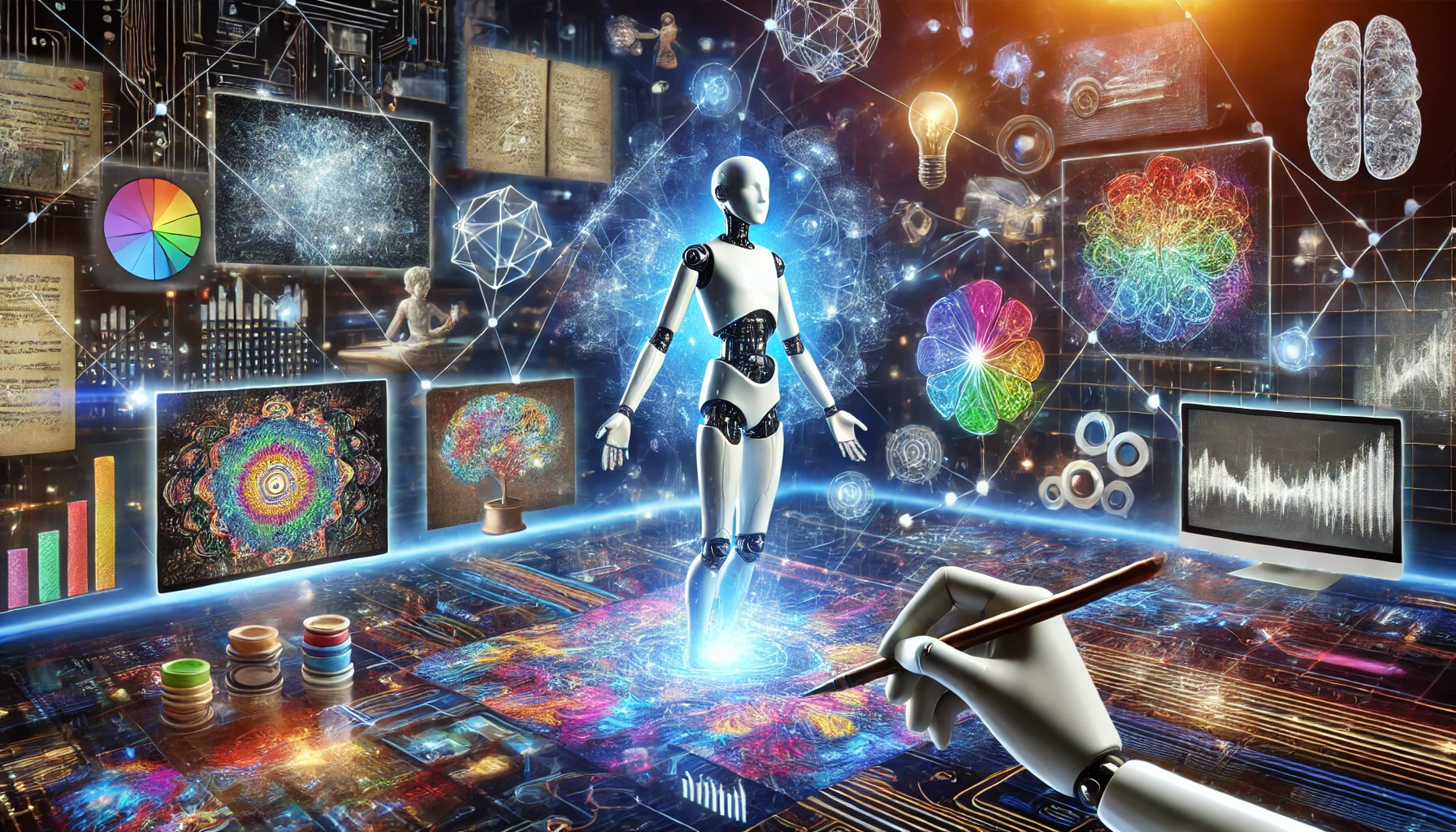Artificial intelligence (AI) has advanced dramatically in recent years, fundamentally changing how we work, communicate, and create. Among the most revolutionary developments is the proliferation of AI-driven products. From text to music, art, and video, AI systems are now capable of producing content that rivals human-made creativity. But what does this mean for creativity, industry, and society at large?
How AI generates content
AI-generated content uses machine learning models, and profound learning algorithms, to find patterns and patterns in existing data sets. By training on large amounts of data, these models learn how to design and manufacture new products. Example:
Lesson: Natural Language Processing (NLP) models such as GPT (Generative Pre-trained Transformer) can create stories, stories, and even poems that closely mimic human writing.
Visual Art: Tools like DALL-E and MidJourney can create complex and imaginative art based on textual inspiration.
Music: AI algorithms such as OpenAI’s MuseNet and AIVA create music in a range of genres, including classical and modern.
Video: Generative models are used to create realistic video content, animations, and even deepfakes.
applications in industry
AI-developed products are being adopted in many areas, driving efficiency and innovation:
Marketing and advertising: Companies are using AI to create targeted ads, social media content, and personalized messaging at an increasing rate.
Entertainment: AI helps with movie writing, video game design, and music production, enabling creativity and reducing costs.
Education: Interactive learning materials like AI-powered quizzes or explainer videos make education more engaging.
Healthcare: AI generates medical reports, facilitates patient communication, and provides images for training and diagnosis
Creative Controversy: Progress or Threat?
The increasing impact of AI has led to debates about its impact on human creativity. On the one hand, AI is a powerful tool for human productivity. It allows creatives to innovate, automates simple tasks, and democratizes access to creative tools. On the other hand, critics say that AI-generated content is inaccurate and could lead to displacement in the creative industries. Questions of intellectual property and ethical use also arise, especially in cases where AI copies existing methods or uses copyrighted material.
challenges and ethical considerations
Using AI in content generation comes with challenges, e.g.
Biases and quality: AI systems can inadvertently perpetuate biases in their training data, causing problems in the results.
Copyright issues: The legal framework for AI-generated works is still unclear, especially when datasets include copyrighted material.
Deepfakes and Misinformation: AI’s ability to generate highly accurate false information poses a threat to trust and security.
The future of AI-designed products
As AI technology continues to evolve, its role in manufacturing will only increase. Future developments will include more personalized content, collaborative AI tools that work seamlessly with humans, and stricter ethical guidelines for responsible and ultimately human use the balance between creativity and this technological revolution’s trajectory will be determined by new AI.
In conclusion
the effects of AI represent both an exciting opportunity and a serious challenge. By understanding its potential, limitations, and moral implications, we can harness its power while protecting the values of creativity and integrity.
